“You have to go and sit in that place and let it speak to you – the space will tell you its own name.”
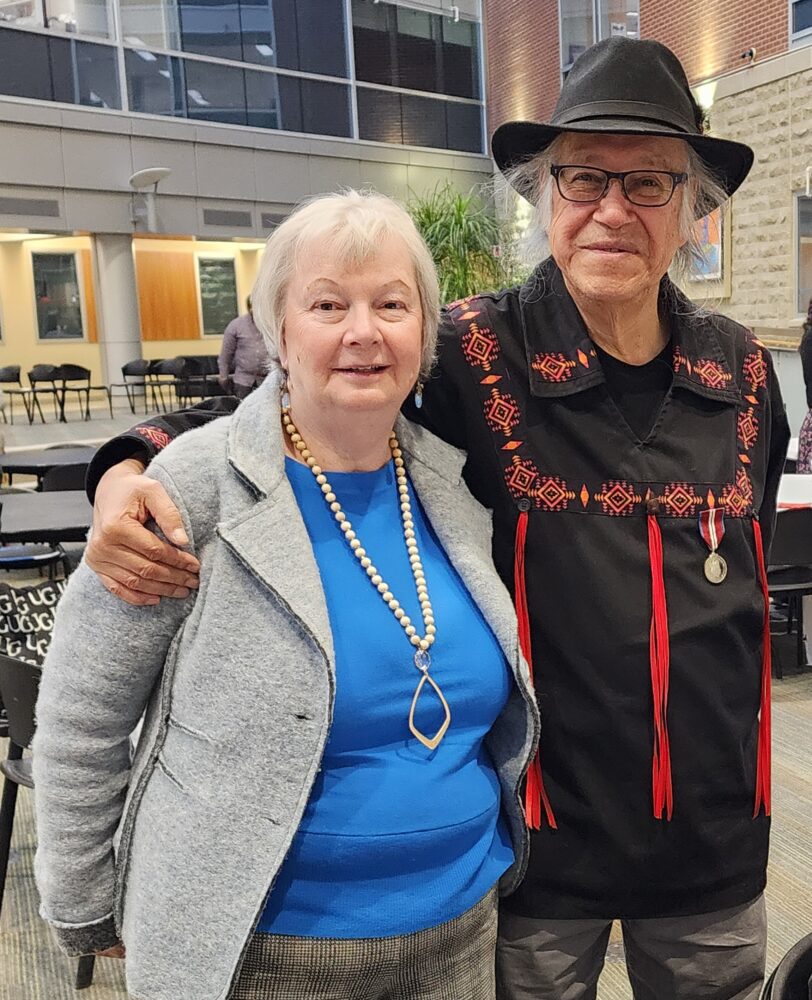
Those were the words Anishinaabe Elder Rene Meshake spoke to Drs. Melissa Perreault and Ryan Gregory as they began their journey to rename the atrium at the Summerlee Science Complex at the University of Guelph, in the name of Indigenization.
The atrium, a 12,000 square-foot shared gathering space, mixes glass, stone and brick with lush foliage and natural daylight under tall ceilings; a lofty effect of transiting from the outdoors, in. It doubles as a venue for presenting to the U of G community the intellectual, scientific and artistic endeavours of students, staff and faculty.
Renamed Waasamowin (Wah-sah-mow-in) by Elder Rene, the atrium will be honoured with an Anishinaabemowin word meaning “to be bathed in light,” and will also house four original works from Indigenous artists.
Perreault and Gregory connected with each artist to explain the fields of research housed in Summerlee, what the atrium looks and feels and sounds like, and then asked them to bring to life their interpretations.
“We let them each decide what they felt would work and their vision for this space,” she says. “We were blown away. Each piece is just so beautiful.”
With funding from U of G’s Equity, Diversity and Inclusion Enhancement Fund and alumni and donor support through Alumni Affairs and Development, three pieces were commissioned, and one was purchased from an existing collection.
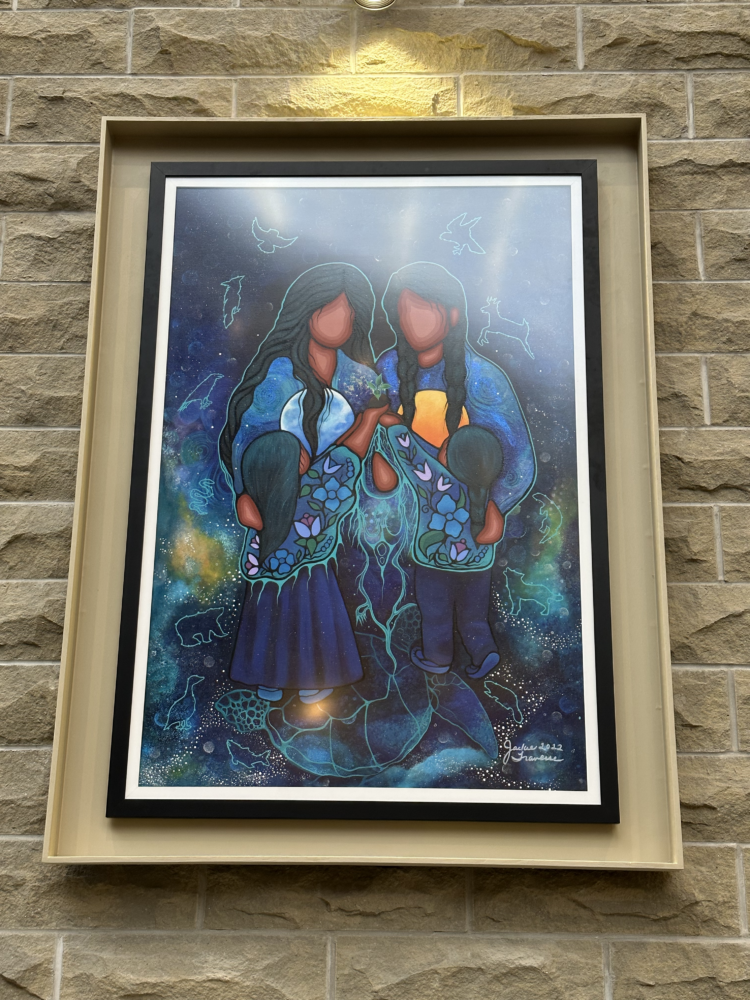
Ojibwe of Lake St. Martin First Nation
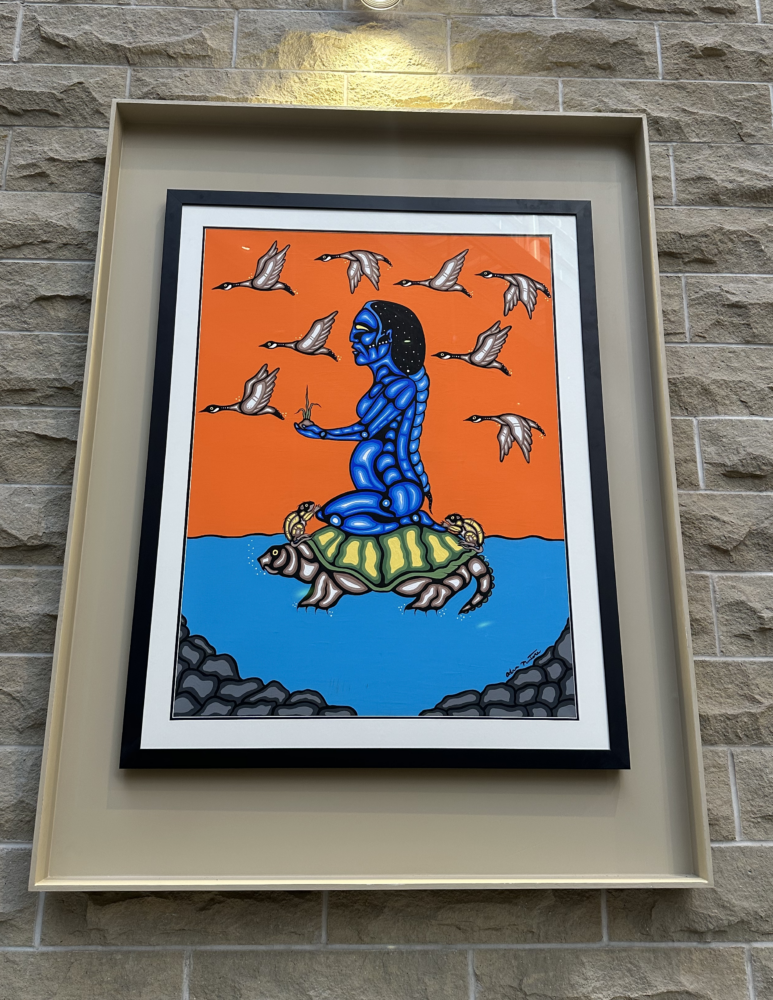
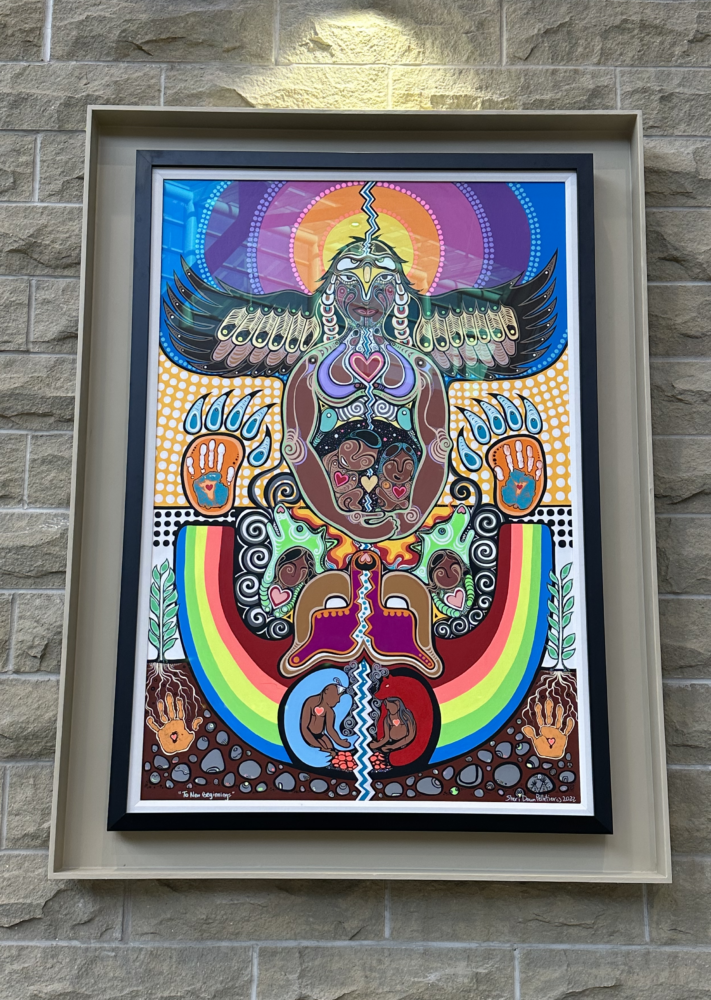
Supporting the Indigenous academic experience
For Perreault, a neuroscience professor in the Department of Biomedical Sciences at the Ontario Veterinary College who is Métis, renaming the atrium is one more piece of the work she has pursued to support and retain Indigenous students in STEM.
“The goal was to create an environment where Indigenous staff, students and faculty felt comfortable, and secondarily, a place to expose non-Indigenous people to Indigenous cultures,” she explains of the atrium’s redressing. “It has become a passive learning environment.”
Since coming to U of G in 2017, Perreault’s goal has been to create resources and supports for Indigenous students to make their academic experience a welcoming, inclusive and successful one. She created the Indigenous STEM Mentorship Program, and with Gregory advocated for a new College of Biological Science Indigenous Summer Research Assistantship, built an Indigenous Little Free Library that lives in the second-floor lounge of the Summerlee building and installed the residential school memorial marker outside its doors. Led by graduate student Danielle Nowosad, Perreault also created an Indigenous Student Handbook for students in CBS.
Working with Gregory, professor in the Department of Integrative Biology, is an example of the kind of collaboration that creates change, Perreault says. “Allyship is so important and aligns with the Truth and Reconciliation Commission of Canada’s 94 Calls to Action.”
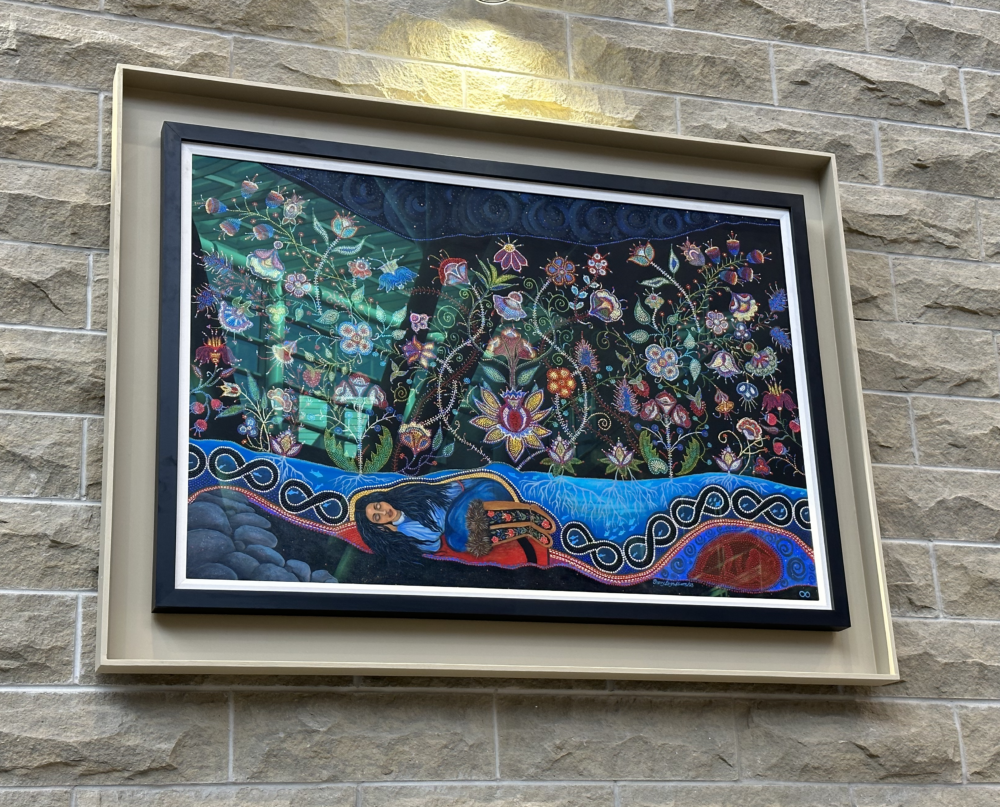
The Indigenization of the Summerlee Science Complex, a state-of-the-art classroom and resource complex for student learning and scientific research, is aligned with recommendations from U of G’s Indigenous Initiatives Strategy, Bi-Naagwad | It Comes Into View.
Integrating Indigenous languages and art into campus spaces is fundamental to placemaking and fostering a meaningful sense of belonging, says Dr. Cara Wehkamp, assistant vice-president, Indigenous Initiatives.
“Language is not merely a tool for communication; it is the foundation of our cultures, histories, connections to one another and future aspirations. Due to the harms done to erode our languages, we must act diligently to protect and revitalize them,” Wehkamp says.
“As the first space gifted with a name in this manner, it represents an important milestone for U of G.”
